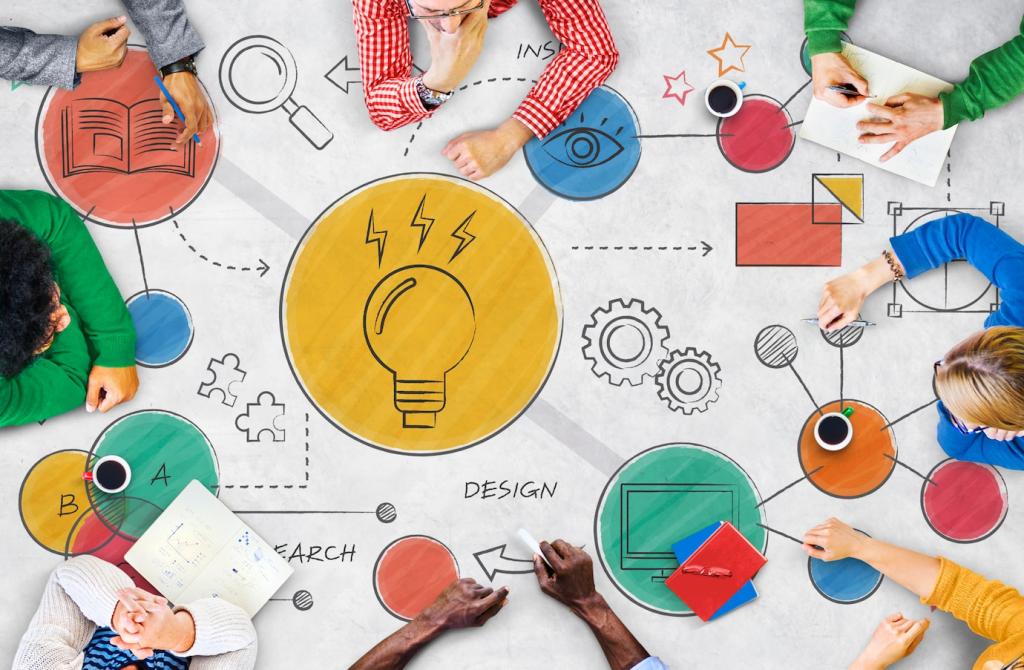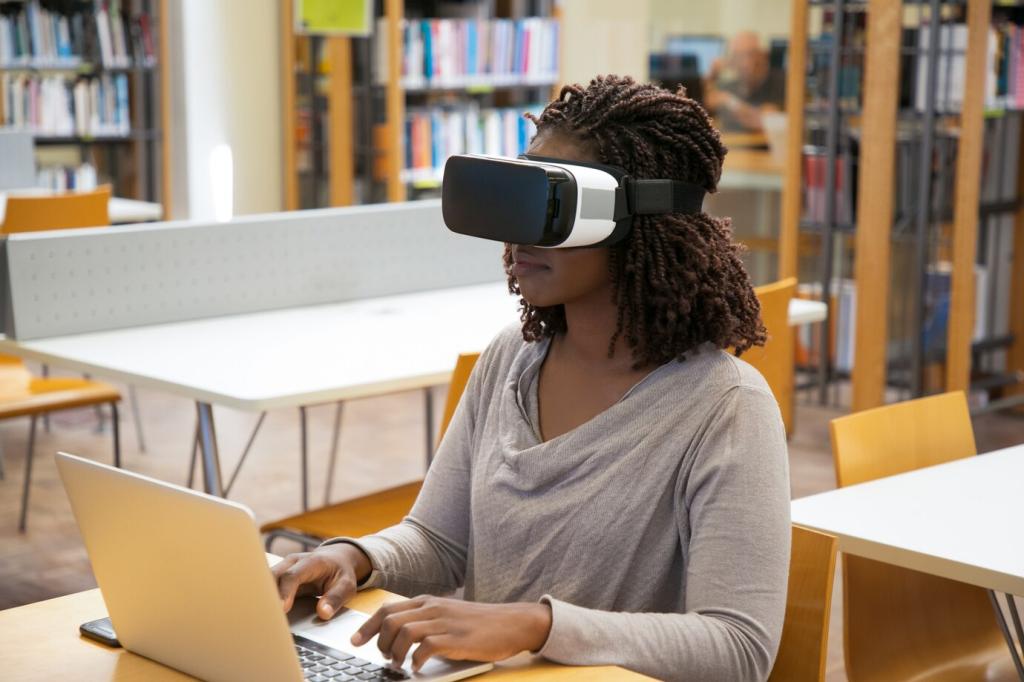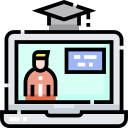This website uses cookies so that we can provide you with the best user experience possible. Cookie information is stored in your browser and performs functions such as recognising you when you return to our website and helping our team to understand which sections of the website you find most interesting and useful.
Virtual reality (VR) is revolutionizing traditional education by immersing learners in interactive, three-dimensional environments. Unlike passive consumption of information, VR allows students to experience concepts firsthand, deepening understanding and retention. This cutting-edge technology transforms abstract ideas into tangible experiences, encouraging active participation and engagement. As VR becomes more accessible, educators and institutions are increasingly exploring its potential to personalize lessons, foster collaboration, and make learning more relevant and dynamic. Delving into virtual simulations and environments, learners not only absorb information but also develop essential skills for the modern world. This page explores the many facets of how virtual reality is enhancing education, from improved engagement to increased accessibility.
Immersive Learning Experiences
Real-World Simulation

Increased Engagement and Motivation
Gamification of Lessons
Emotional Connection and Empathy
Autonomy and Self-Paced Learning
Collaboration in Virtual Environments
Personalization and Accessibility

Enhancing Retention and Understanding
Experiential Learning
Immediate Feedback and Reflection
Contextual Understanding

Simulated Workplace Scenarios
Soft Skills Training
Credentialing and Assessment
Overcoming Challenges in VR Adoption
Technological and Infrastructure Requirements
Cost and Resource Management
Teacher Training and Curriculum Integration


